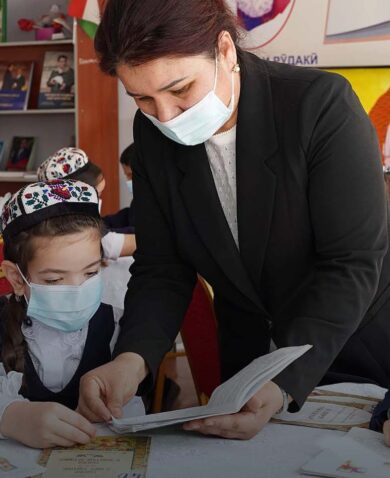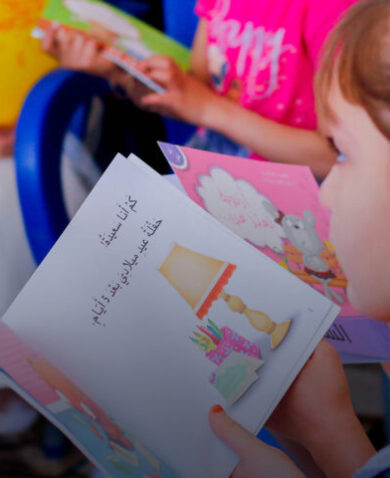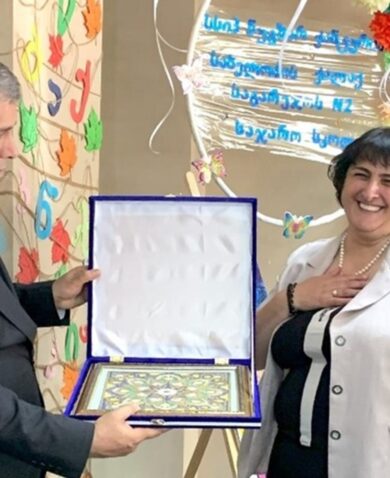
Where to Invest? Betting on the Future of Teacher Training
December 6, 2024 | 5 Minute ReadUsing the case study of the USAID Higher Secondary Education Activity in Bangladesh, the authors unpack how to effectively and sustainably support experienced teachers in changing their teaching behavior.
Improving student performance by providing teachers with the necessary instructional support seems straightforward. However, the reality is far more complex, with each teacher, school, district, and country presenting their own unique challenges. Systemically and sustainably changing teacher behavior is a formidable task, and development projects have yielded mixed results. Chemonics has discovered through its education portfolio that consistent application of effective teaching methods significantly boosts student achievement. When educational leaders support these methods, teachers are more likely to implement them consistently.
In Bangladesh, Chemonics, in partnership with Florida State University and 10 Minute School, is working through the USAID-funded Higher Secondary Education Activity (HSEA) to transform teaching practices across the higher secondary education sector. This initiative aims to directly impart knowledge, skills, and attitudes to teachers, leverage technology for more effective hybrid training, address the needs of teachers and their leaders, and involve system leadership and political actors to ensure sustainable change. While we are still early in this process and will continue to evolve our approach, we have learned that emphasizing a few key elements lays the foundation for sustainable change.
Element 1: Understanding the Context
Chemonics has collaborated with USAID and governments worldwide, recognizing the importance that local contexts play in supporting effective change. In Bangladesh, our recent teacher and leader training needs assessment study revealed that higher secondary (grades 11 and 12) teachers possess strong subject matter expertise, resourcefulness, and the ability to connect with students. However, despite their commitment and experience, these teachers do not demonstrate the use of engaged learning pedagogy and have received minimal support to enhance their skills. The average teacher in this sector has 10 years of experience, yet two-thirds have not undergone training in the past four years, and nearly a third have never received pedagogical training. This lack of training results in teaching practices that are predominantly teacher-centered, with limited student participation.
Educational leaders face similar challenges, with most principals and vice principals lacking training in educational leadership or instructional practices. Both teachers and leaders have expressed a desire for practical, relevant training to benefit themselves and their students. The question remains: how can we effectively and sustainably support experienced teachers in changing their teaching behavior?
Element 2: Making Training Accessible
While teachers and leaders are eager for professional development, travel and time away from home often hinder participation in traditional face-to-face training. To address this, HSEA, in collaboration with the Directorate of Secondary and Higher Education (DSHE) within Bangladesh’s Ministry of Education has developed a blended learning program based on learning from across technical sectors. Most of the targeted teachers are unfamiliar with online training, so we have created a blended approach that focuses on addressing their needs, creating opportunities for practice and discussion, and aligning with the government system. Our program combines a minimum number of in-person training days with self-study online modules, supported by professional learning communities facilitated by master trainers. The goal is to introduce critical concepts and familiarize participants with the online learning platform during in-person sessions and then support teachers and leaders in continuing their learning independently through self-study modules paired with classroom practice. Reflection and discussion are facilitated through professional learning communities, in-person training is conducted at higher secondary school sites to minimize travel, and online work is completed via an online system optimized for mobile users. This approach aims to make training as accessible as possible, fitting it into teachers’ lives rather than forcing them to fit their lives around it.
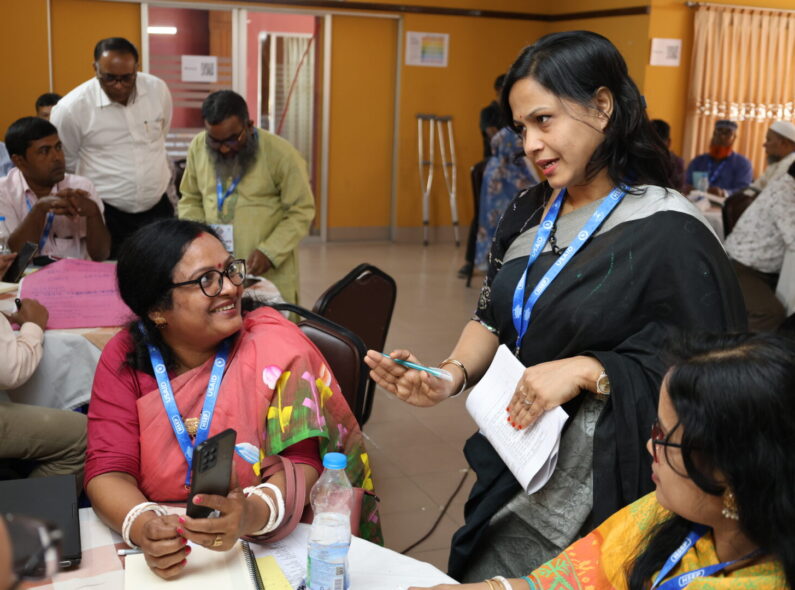
Element 3: Ensuring Effectiveness
The traditional cascade model of teacher training often leads to diluted content and inconsistent implementation. To combat this, we are streamlining the training cascade and investing heavily in a core group of approximately 500 master trainers, selected through a competitive process in consultation with DSHE. Our approach not only supports the immediate engagement of teachers and leaders, but also strengthens sustainability and scalability by strengthening the capacity of master trainers – high performing leaders, teachers, and trainers within the existing educational infrastructure. These master trainers participate in the entire training program, both in-person and online, as trainees. As practitioners from higher secondary schools and colleges or professional trainers from training institutes, they are applying new techniques learned through the program in their classrooms and schools and sharing their experiences through professional learning communities to ensure that they have a strong grasp on new pedagogy and approaches and how it is best applied in their day-to-day work. Initial feedback from trainees suggests that HSEA’s blended approach is meeting teachers’ needs. One trainee, Professor Mizanur Rahman, reflected on the impact of the professional learning community discussions, saying, “The blended approach offers a great chance to keep practicing and reflecting even after the in-person sessions are over. Even though I’m a professor nearing the end of my career, I’ve learned so much from the young talents. I’ll be much better prepared next time.”
At the end of this cycle, master trainers who meet DSHE’s criteria will participate in a traditional training-of-trainers program to ensure they are equipped to deliver content and facilitate professional learning communities effectively. This investment in master trainers shrinks the cascade, ensuring that each teacher and leader is only one layer removed from the original content developers. The personal transformation experienced by participants underscores the value of this approach. Trainee Mr. Shirajul Islam enthused, “The greatest reward is not monetary gain but the opportunity to receive world-class, modern training. I am transforming myself through this experience.”
By combining high-quality content provided directly through a structured mix of in- person meetings and our online platform, with the support of highly trained master trainers from within the educational system, we maximize the quality of training received by teachers and leaders while building the foundation for continued support to the higher secondary education sector.

Scaling Beyond Bangladesh
Transforming higher secondary teacher training systems in Bangladesh is a multifaceted challenge requiring a strategic and collaborative approach. While we have tailored these approaches to Bangladesh based on what works across our global education portfolio, the training needs assessment study, and the experiences of our partners, these areas of focus create a strong foundation for other countries to build upon to help shift instructional practice. By collaborating with governmental systems to embed change within the system, streamlining the training cascade and investing heavily in master trainers up front for efficient knowledge transmission, and leveraging blended learning approaches to reduce barriers to teacher participation and practice, we can create a more dynamic and engaging educational environment. This transformation will not only enhance the quality of education but also empower teachers to inspire and engage their students, better preparing them for the future.
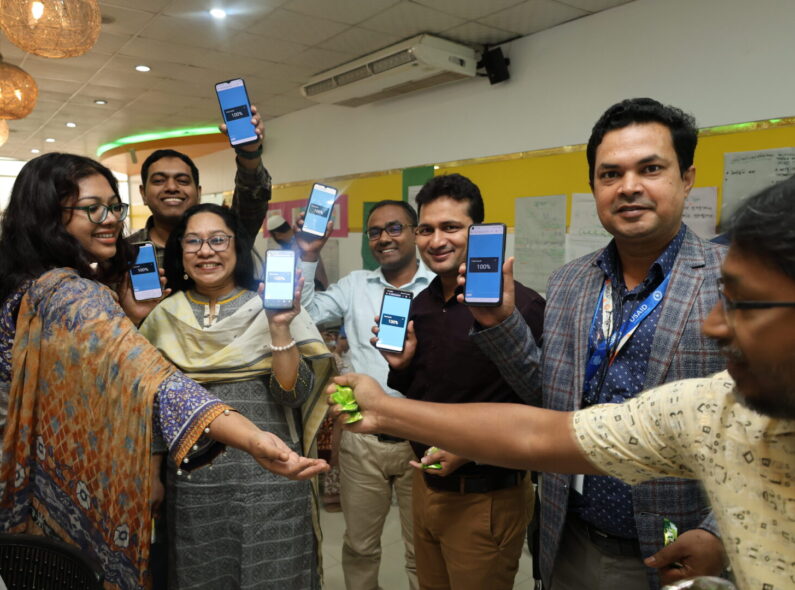
Banner image caption: Participants actively engage with HSEA’s continuous learning management system platform for effective learning. Image supplied by HSEA.
Posts on the blog represent the views of the authors and do not necessarily represent the views of Chemonics.











